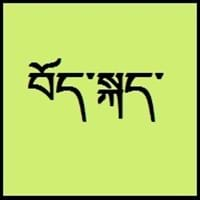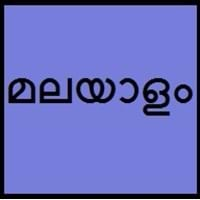Tibetan and Malayalam
- Tibetan dialects vary alot, so it's difficult for tibetans to understand each other if they are not from same area.
- Tibetan is tonal with six tones in all: short low, long low, high falling, low falling, short high, long high.
- Malayalam language has 54 literals. Same sounds have different versions to it.
- Malayalam script is reffered as "Rod Script" and it is derived from the Grantha script, which was developed from Indic script of Brahmi.
All Tibetan and Malayalam Dialects
Most languages have dialects where each dialect differ from other dialect with respect to grammar and vocabulary. Here you will get to know all Tibetan and Malayalam dialects. Various dialects of Tibetan and Malayalam language differ in their pronunciations and words. Dialects of Tibetan are spoken in different Tibetan Speaking Countries whereas Malayalam Dialects are spoken in different Malayalam speaking countries. Also the number of people speaking Tibetan vs Malayalam Dialects varies from few thousands to many millions. Some of the Tibetan dialects include: Central Tibetan, Khams Tibetan. Malayalam dialects include: Judeo-Malayalam , Mappila. Also learn about dialects in South American Languages and North American Languages.
Tibetan and Malayalam Speaking population
Tibetan and Malayalam speaking population is one of the factors based on which Tibetan and Malayalam languages can be compared. The total count of Tibetan and Malayalam Speaking population in percentage is also given. The percentage of people speaking Tibetan language is Not Available whereas the percentage of people speaking Malayalam language is 0.57 %. When we compare the speaking population of any two languages we get to know which of two languages is more popular. Find more details about how many people speak Tibetan and Malayalam on Tibetan vs Malayalam where you will get native speakers, speaking population in percentage and native names.
Tibetan and Malayalam Language Codes
Tibetan and Malayalam language codes are used in those applications where using language names are tedious. Tibetan and Malayalam Language Codes include all the international language codes, glottocodes and linguasphere.





